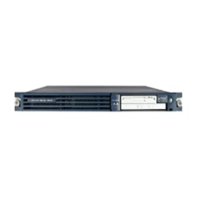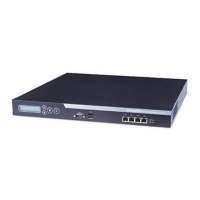3-43
Cisco Unified Communications Manager Managed Services Guide
OL-22523-01
Chapter 3 Managing and Monitoring the Health of Cisco Unified Communications Manager Systems
General Health and Troubleshooting Tips
Reset Database Replication When Reverting to Prior Release
If you revert the servers in a cluster to run an older product release, you must manually reset database
replication within the cluster. To reset database replication after you revert all the cluster servers to the
older product release, use the utils dbreplication reset command all on the publisher server.
When you switch versions by using Cisco Unified Communications Operating System Administration
or the CLI, you get a message reminding you about the requirement to reset database replication if you
are reverting to an older product release.
Useful Commands and Utilities
This section provides a quick reference for commands and utilities to help you troubleshoot a Cisco
Unified Communications Manager server with root access disabled.
Table 3-6 provides a summary of the CLI commands and GUI selections that you can use to gather
information troubleshoot various system problems.
Table 3-6 Summary of CLI Commands and GUI Selections
Information
Linux
Command Serviceability GUI Tool CLI commands
CPU usage top RTMT
Go to View tab and select
Server > CPU and Memory
Processor CPU usage:
show perf query class Processor
Process CPU Usage for all processes:
show perf query counter Process “% CPU Time”
Individual process counter details (including CPU
usage)
show perf query instance <Process task_name>
Process state ps RTMT
Go to View tab and select
Server > Process
show perf query counter Process “Process Status”
Disk usage df/du RTMT
Go to View tab and select
Server > Disk Usage
show perf query counter Partition
“% Used”
or show perf query class Partition
Memory free RTMT
Go to View tab and select
Server > CPU and Memory
show perf query class Memory
Network status netstats show network status

